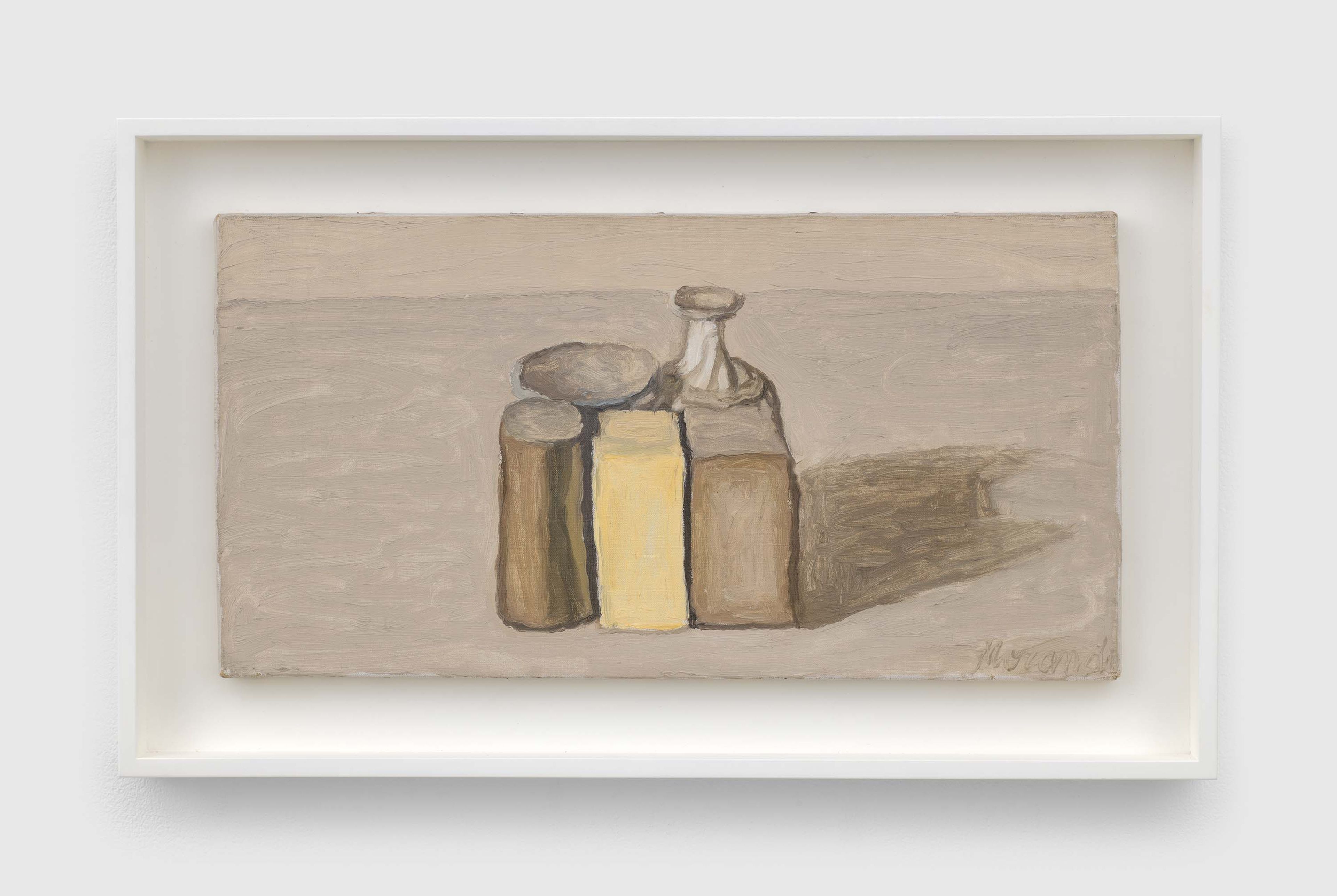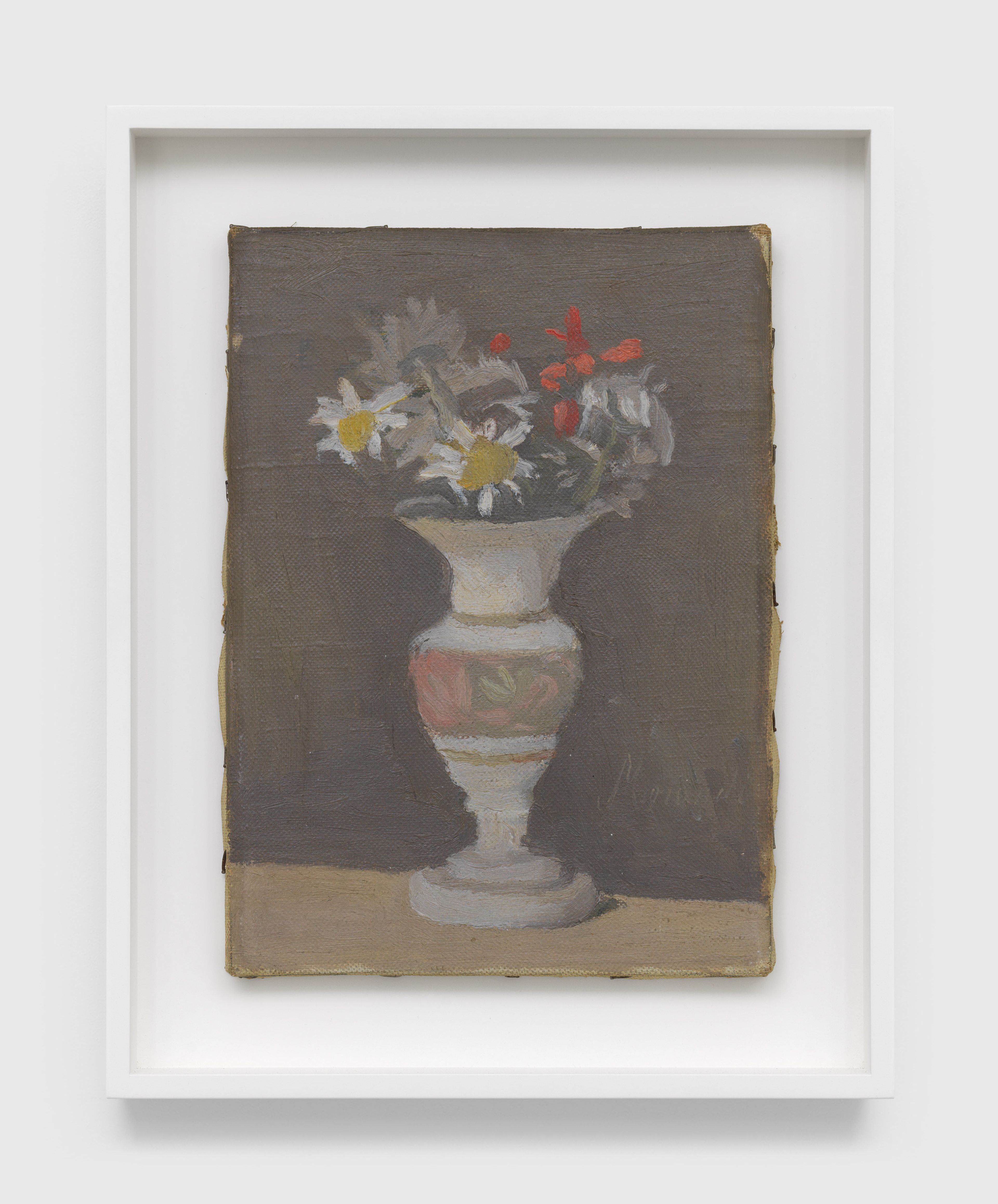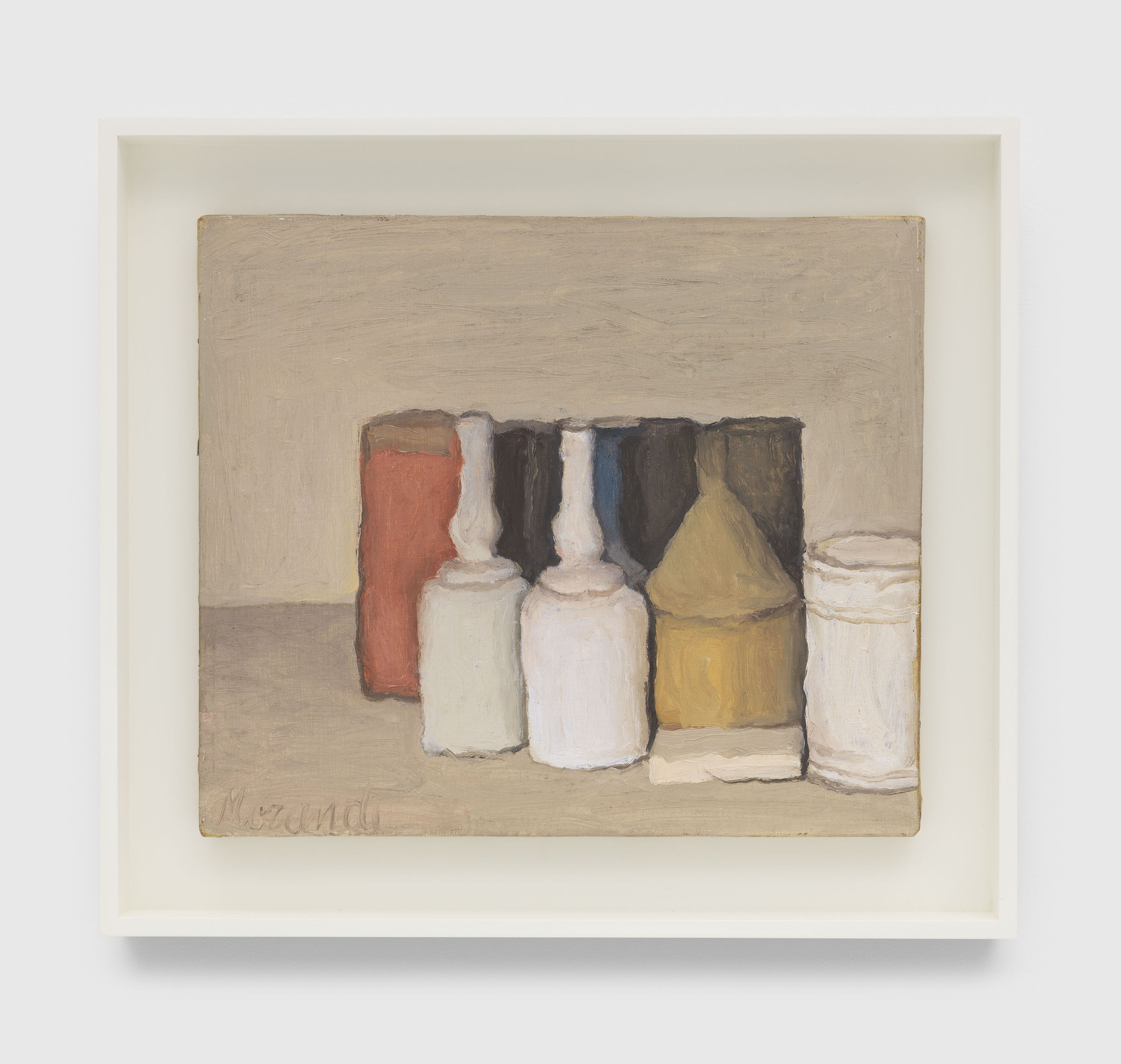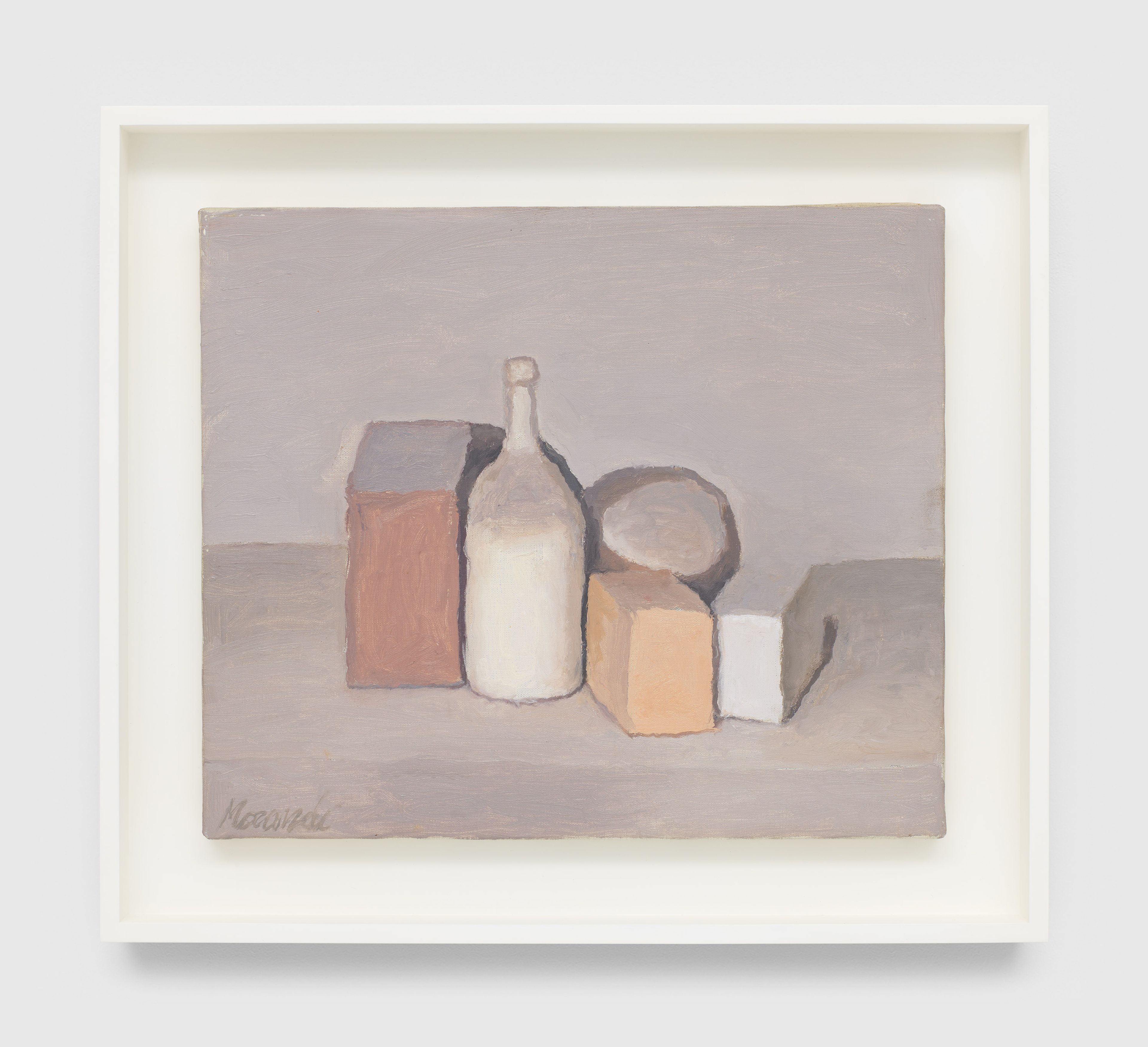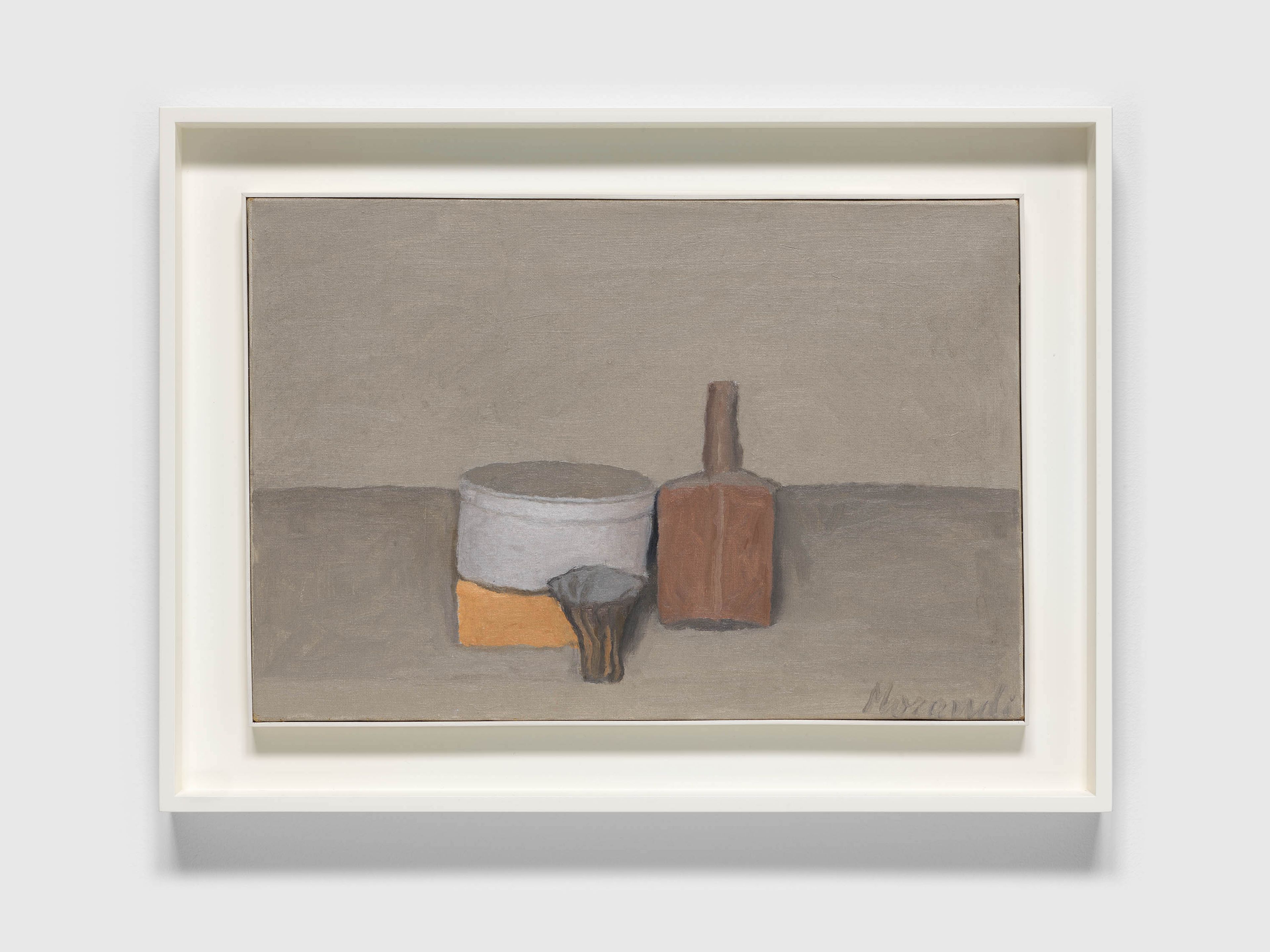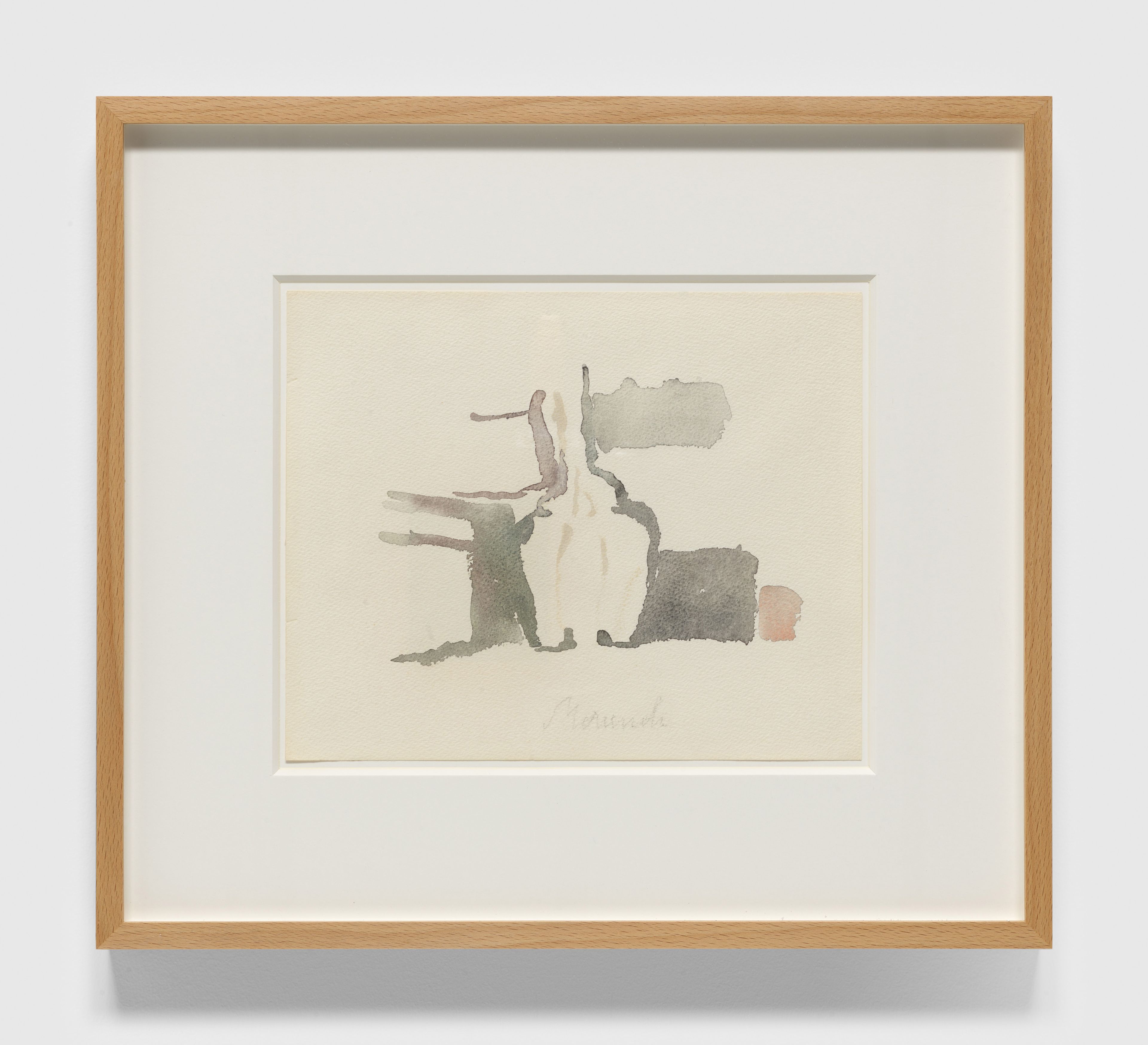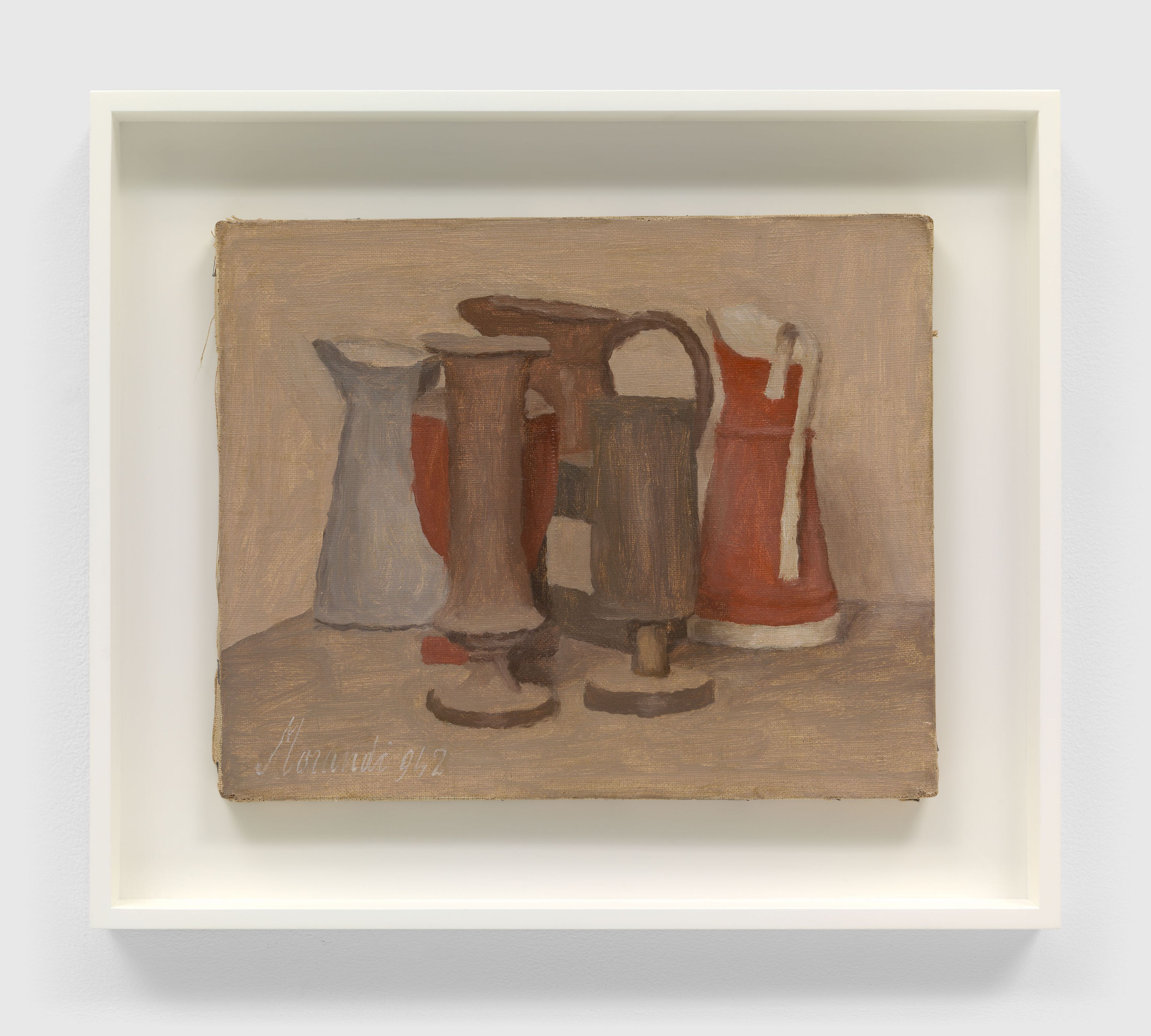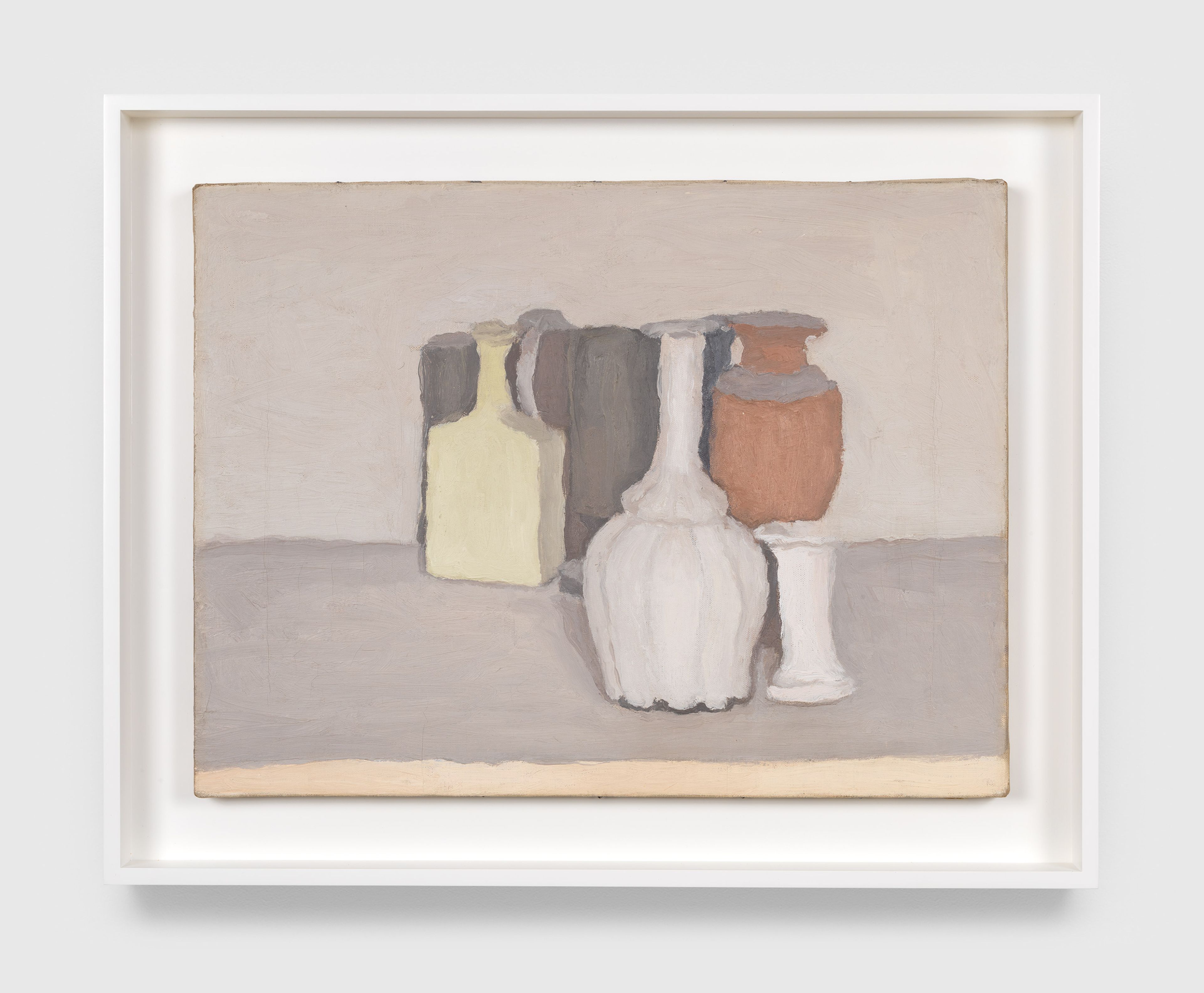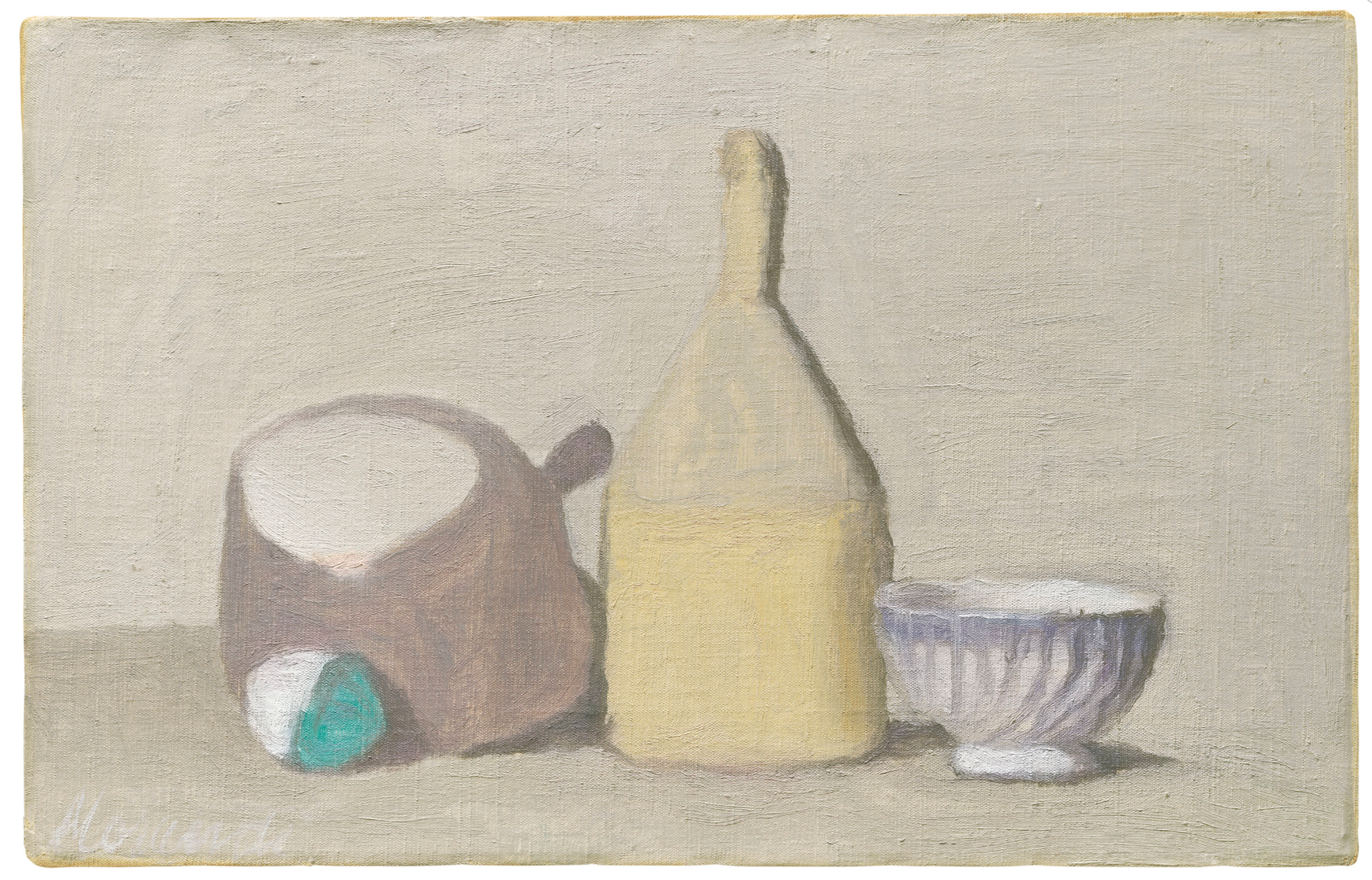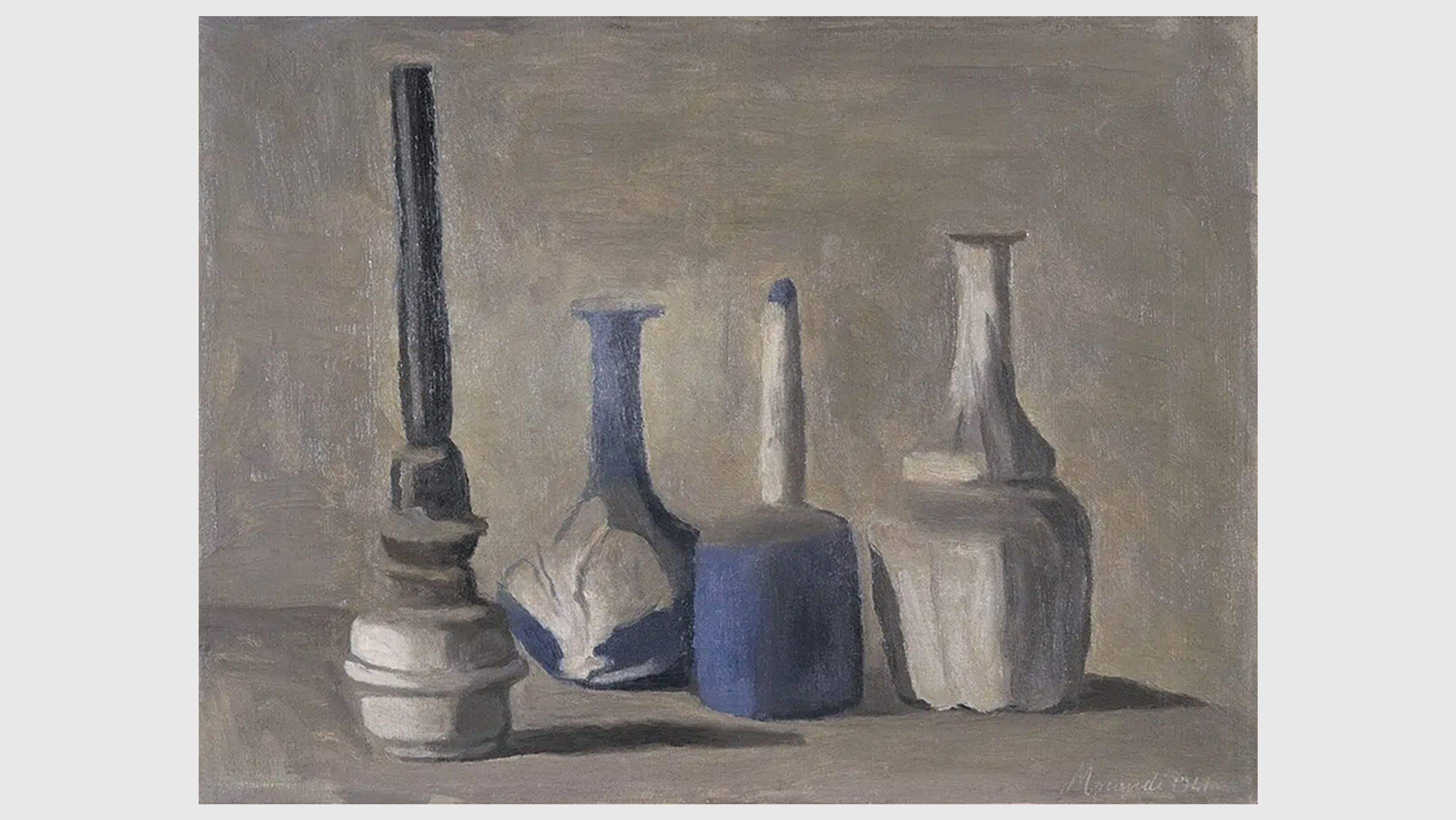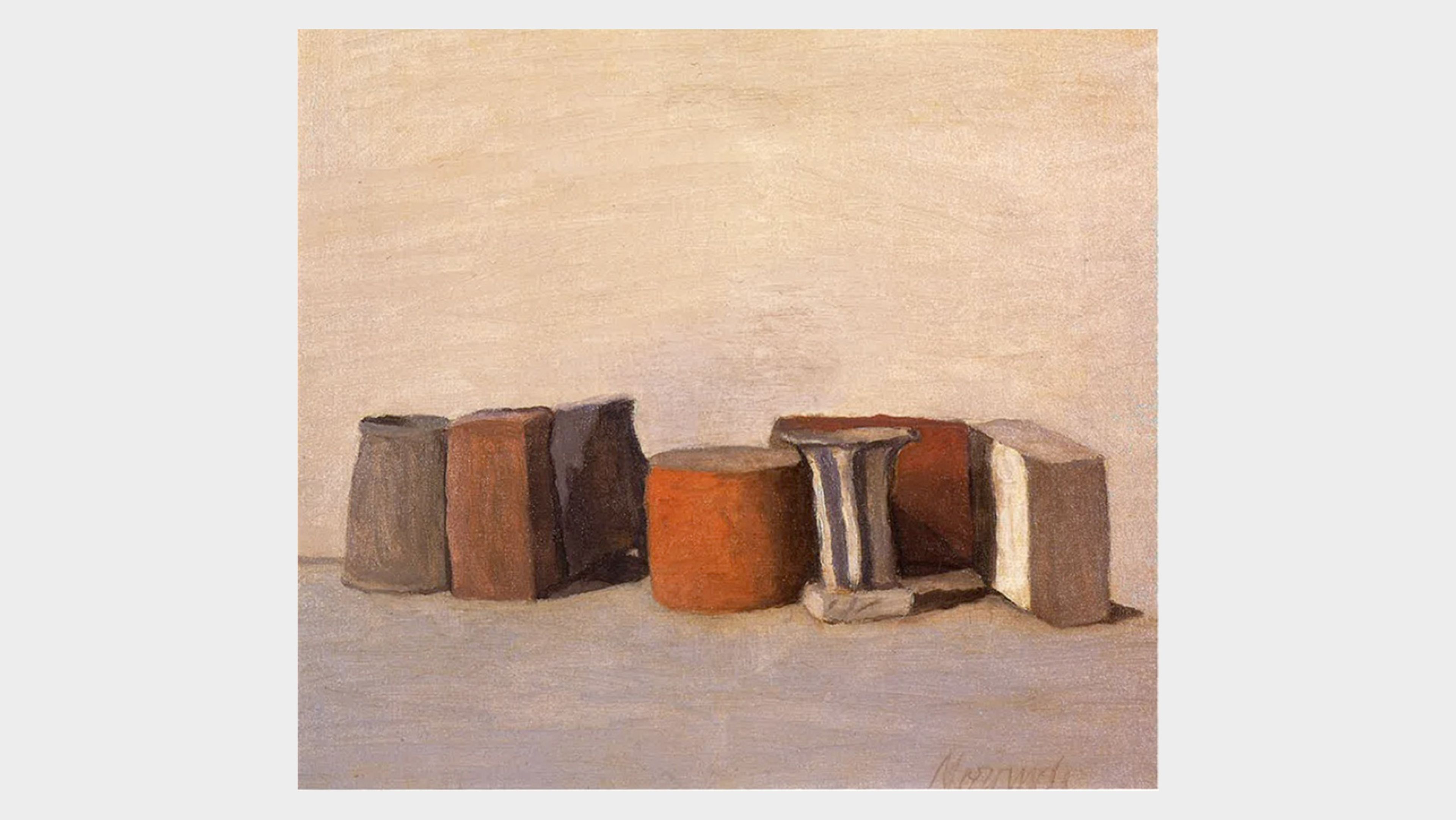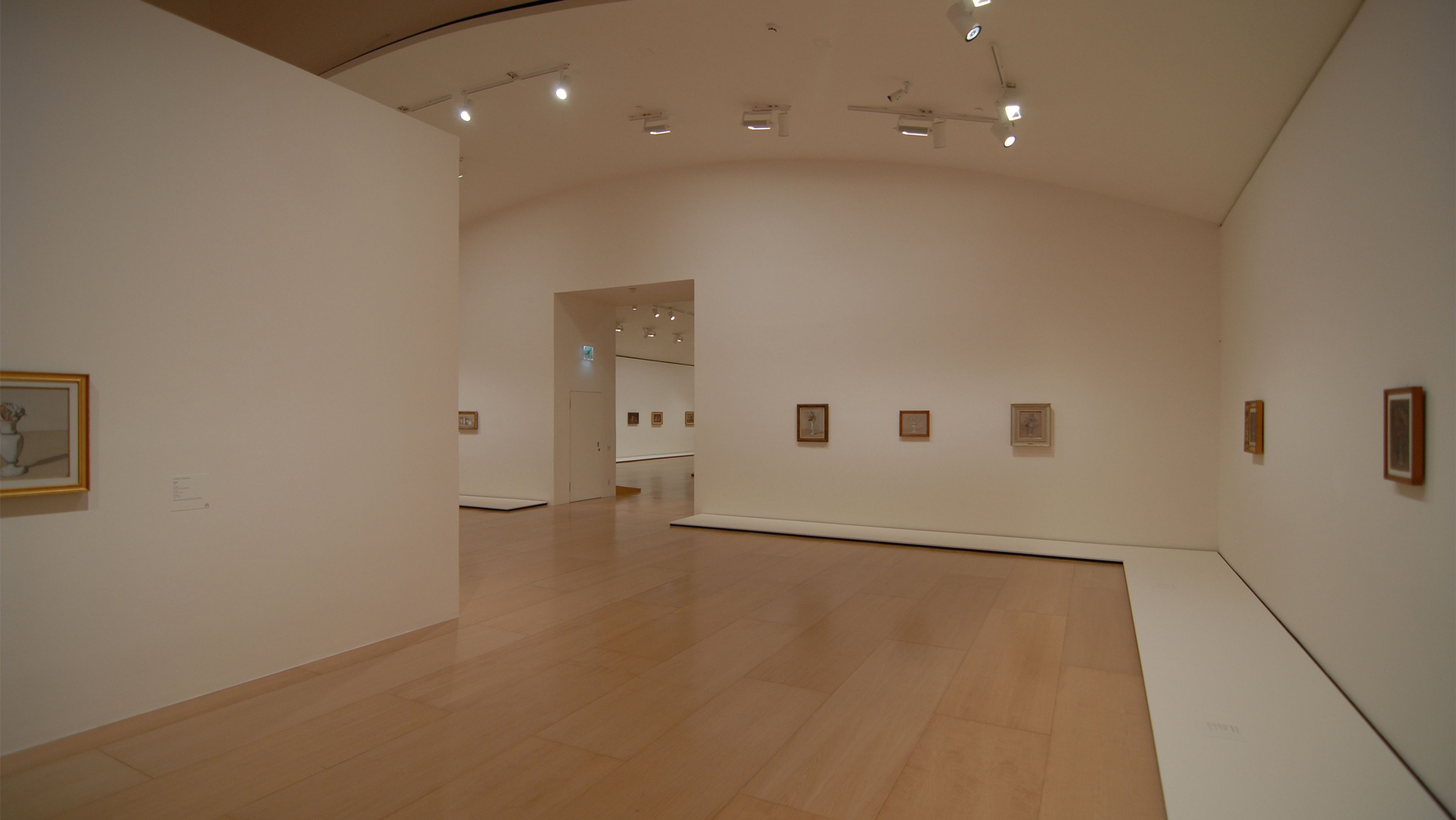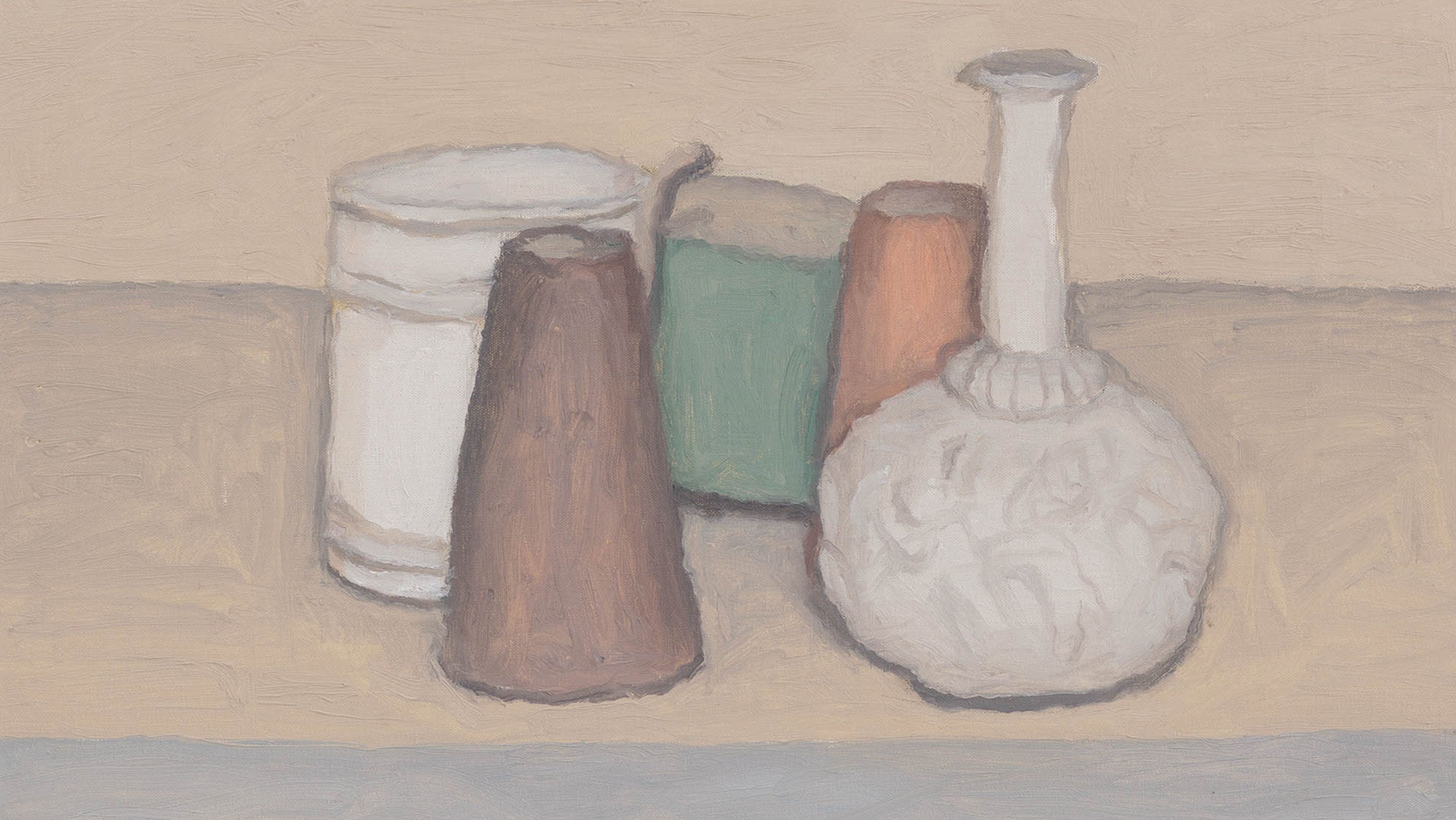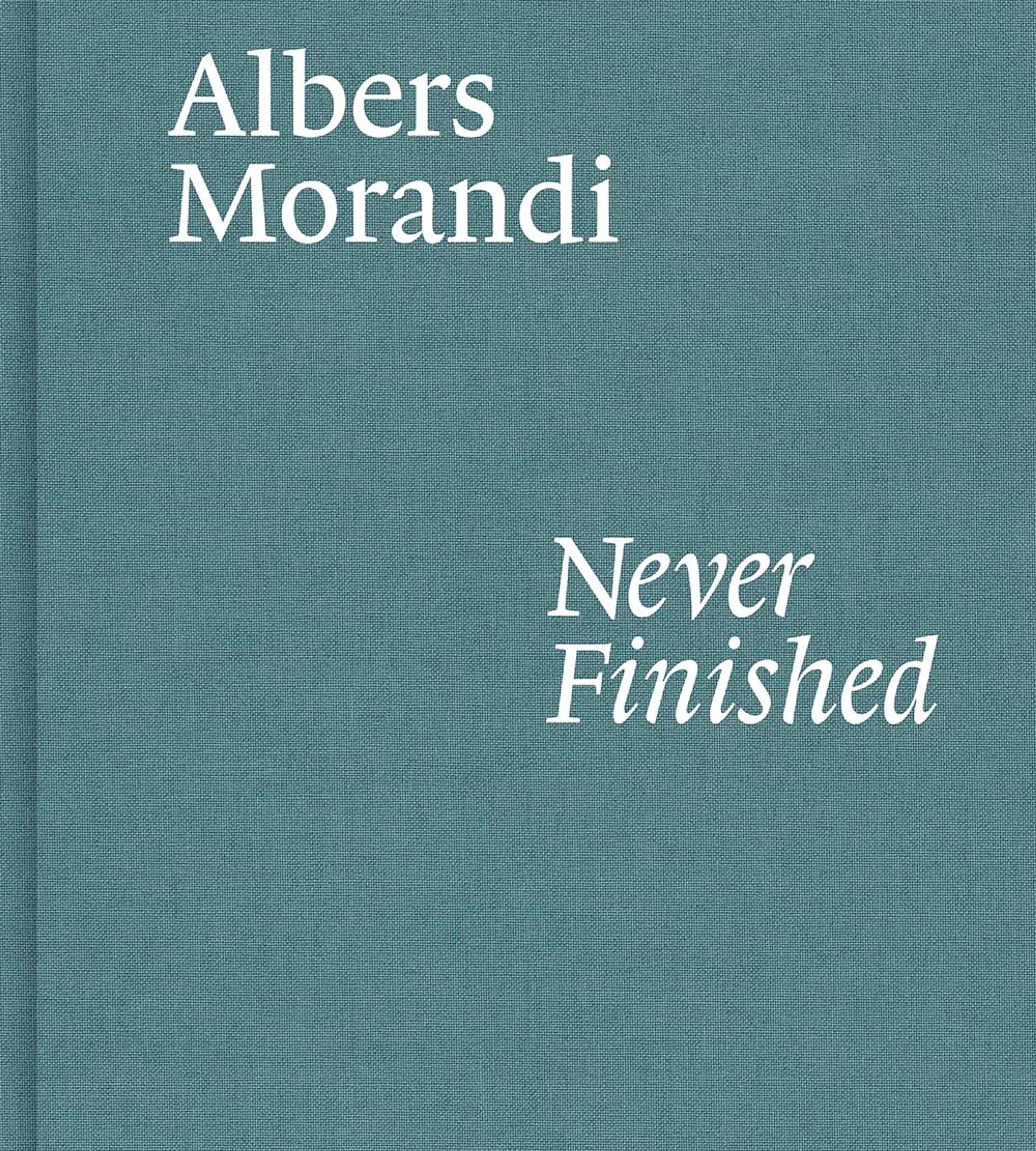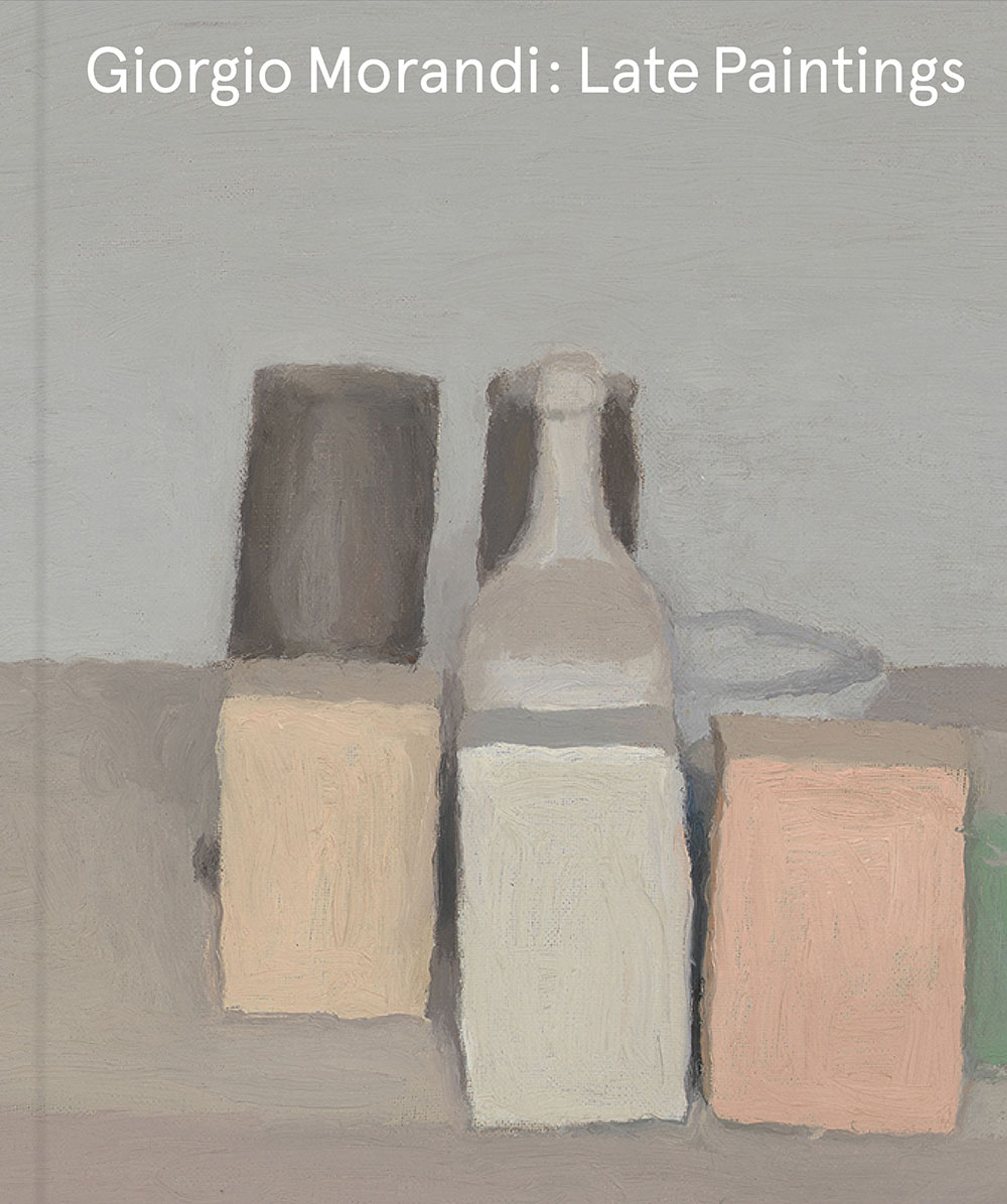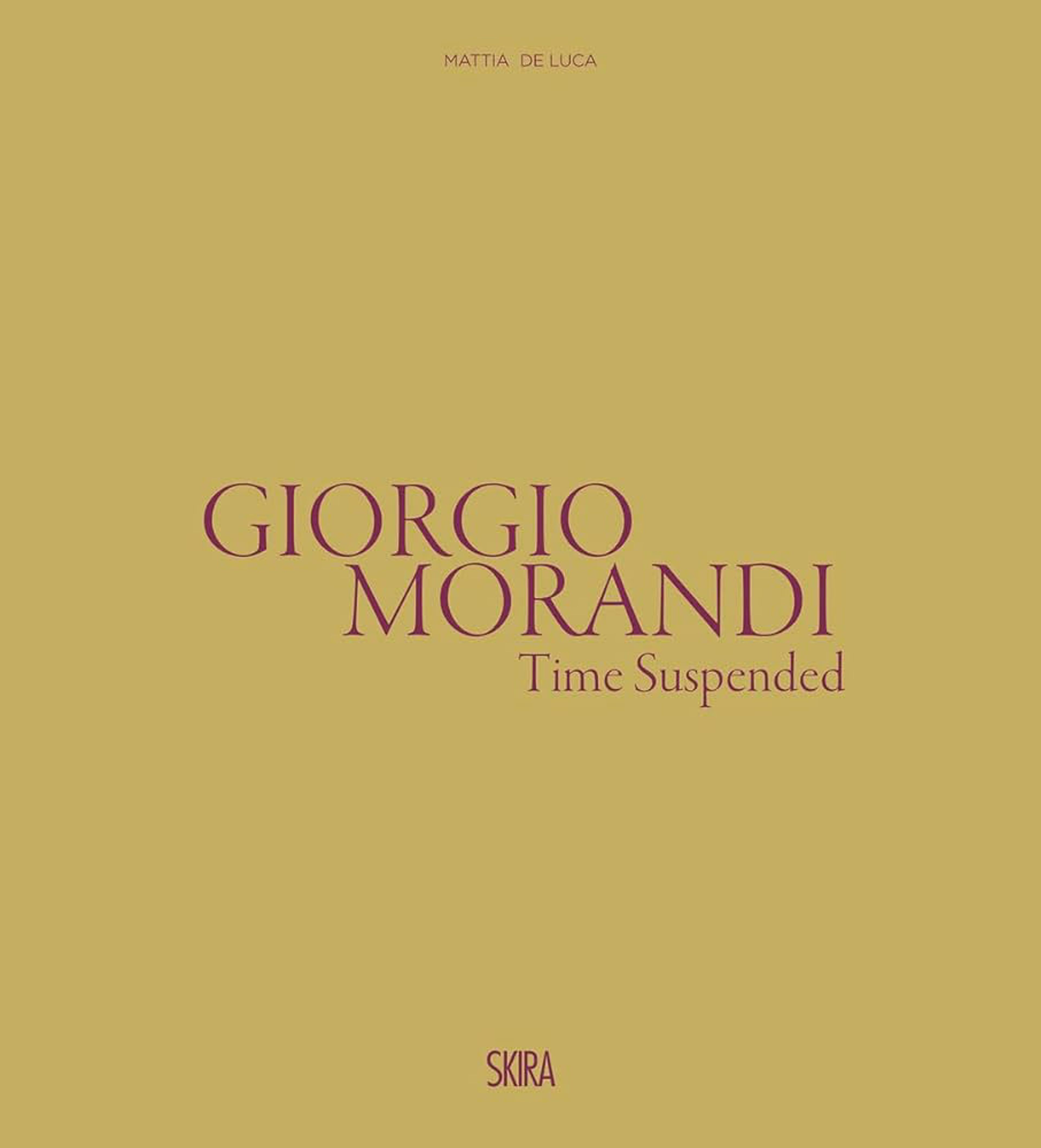Giorgio Morandi
Among the most celebrated and influential artists of the twentieth century, Giorgio Morandi (1890–1964) is best known for his paintings, drawings, and etchings depicting still life arrangements of quotidian objects. Although Morandi spent nearly his entire life in his hometown of Bologna and rarely traveled outside of Italy, his work was exhibited internationally and was widely admired by the avant-garde as well as traditional schools both during and after his lifetime.
Learn MoreSurvey
Exhibitions

Explore Exhibitions
Artist News
Biography

Among the most celebrated and influential artists of the twentieth century, Giorgio Morandi (1890–1964) is best known for his paintings, drawings, and etchings depicting still life arrangements of quotidian objects. Although Morandi spent nearly his entire life in his hometown of Bologna and rarely traveled outside of Italy, his work was exhibited internationally and was widely admired by the avant-garde as well as traditional schools both during and after his lifetime. From 1913 to1914, he established connections and exhibited with Italian Futurist artists such as Umberto Boccioni, Giacomo Balla, and Fortunato Depero, and from 1918 to 1919, he worked briefly as part of the Scuola Metafisica with Giorgio de Chirico and Carlo Carrà. By 1920, Morandi established the small scale depictions of still lifes and landscapes that he would pursue throughout his oeuvre, and that were associated with no other school or style but his own.
Morandi was born in Bologna, Italy, where he lived until his death in 1964. From 1907 to 13, he was enrolled at the Bologna Accademia di Belle Arti, where he later served as the professor of engraving and etching from 1930 to 1956.
His work has been the subject of major retrospectives and traveling solo exhibitions at institutions including Gemeentemuseum Den Haag, The Hague (traveled to New Burlington Galleries, London, 1954); Kunsthalle Bern, Switzerland (1964); Royal Academy of the Arts, London (traveled to Musée National d’Art Moderne, Paris, and Rotonda della Besana, Milan, 1970); Hermitage Museum, Saint Petersburg (traveled to Kharkiv Art Museum, Ukraine, 1973); San Francisco Museum of Art (traveled to Solomon R. Guggenheim Museum, New York, and Des Moines Art Center, Iowa, 1981); Museum of Modern Art, Kamakura, Japan (traveled to Fukuyama Museum of Art, Japan, and National Museum of Modern Art, Kyoto, 1989); Musée Maillol, Paris (traveled to Museu de Arte de São Paulo, Brazil, 1997); Museo Thyssen-Bornemisza, Madrid (traveled to Institut Valencià d’Art Modern, Spain, 1999); Tate Modern, London (traveled to Musée d’Art Moderne de la Ville de Paris, 2001–2002); The Metropolitan Museum of Art, New York (traveled to Museo d’Arte Moderna di Bologna, Italy, 2008); Museo d’Arte Città di Lugano, Switzerland (2012); Palais des Beaux-Arts, Brussels (2013); and Pushkin State Museum of Fine Arts, Moscow (2017). A Backward Glance: Giorgio Morandi and the Old Masters, a major exhibition examining the formation of Morandi’s practice, was presented in 2019 at the Guggenheim Bilbao, Spain. Most recently, in 2023–2024, the Palazzo Reale Milano hosted the major retrospective Morandi 1890–1964.
Morandi has been included in important international group exhibitions, such as the Quadriennale di Roma; the Bienal de São Paulo, where he was awarded first prize for etching in 1953 and first prize for painting in 1957; Documenta; and the Venice Biennale, where he received the City of Venice prize in 1948. In the United States, he participated multiple times in the Carnegie International, Pittsburgh.
In 1993, the Museo Morandi was established in Bologna, Italy, and is currently located in the Museo d’Arte Moderna di Bologna.
The artist’s works can be found in public and private collections including the Art Institute of Chicago; Centre Pompidou, Paris; Hermitage Museum, Saint Petersburg; Hirshhorn Museum and Sculpture Garden, Washington, DC; The Metropolitan Museum of Art, New York; Musée d’Orsay, Paris; Museo del Novecento, Milan; Museo Nacional Centro de Arte Reina Sofía, Madrid; Museum of Fine Arts, Boston; The Museum of Modern Art, New York; National Gallery of Art, Washington, DC; San Francisco Museum of Modern Art; and Tate, United Kingdom.
Selected Titles

Request more information
